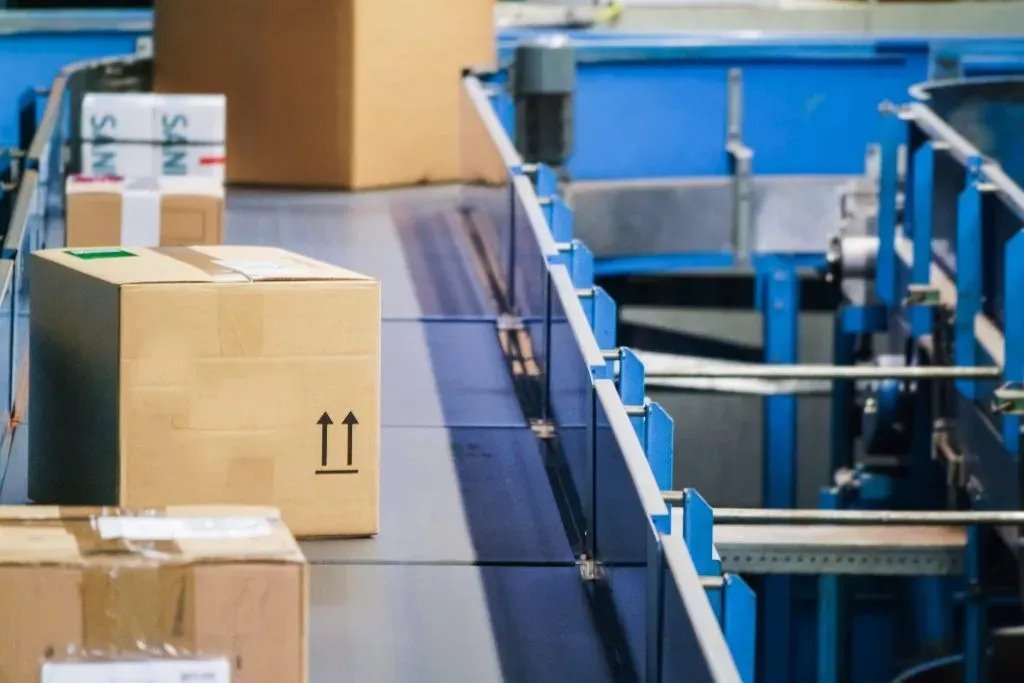Before we learn about how belt conveyors are used and look at the industries that they are used in, let’s first highlight how big the conveyor market is. The market size for conveyor belts was recorded at $4bn in 2018 with an expected compounded annual growth rate of 3.5%. So, we don’t see belt conveyors going anywhere anytime soon. For that reason, let’s have a look at where they’ve come from and how they’re being used in the world today.
Who Invented Belt Conveyors?
The conveyor belt was invented by a gentleman called Thomas Robins who in 1892 began a series of inventions which led to the first conveyor belt being used for carrying natural resources. After this, it was quickly modified and developed to be used in multiple applications after people could see the benefits in cost and time of using conveyor belts in business operations.
This was followed by Sandvik in 1901 who invented the steel conveyor belts, capable of handling much heavier loads and being used for multiple industries.
It was Richard Sutcliffe in 1905 who invented the first conveyor belts for use in coal mines, revolutionising the mining industry due to the increased loads and speed of delivery.
Henry Ford introduced the conveyor belt assembly line at the Ford Motor Company Michigan factory, again revolutionising the industry by rapidly increasing production.
What Can Belt Conveyors Do?
The main objective of a conveyor is to get a product, or object, from A to B usually within a close distance such as inside a distribution centre in a higher frequency and quicker time than doing it manually. Today different types of conveyor belts have been created for conveying different types of materials. Examples of these conveyor belts are PVC and rubber.
Due to a conveyor belt being purpose-built, what it can do massively varies. As they can be built, designed, and operated to carry a range of products and items. For example, you might need a system to move hazardous waste between sections of a waste control centre and a belt conveyor would be an ideal product for doing this.


